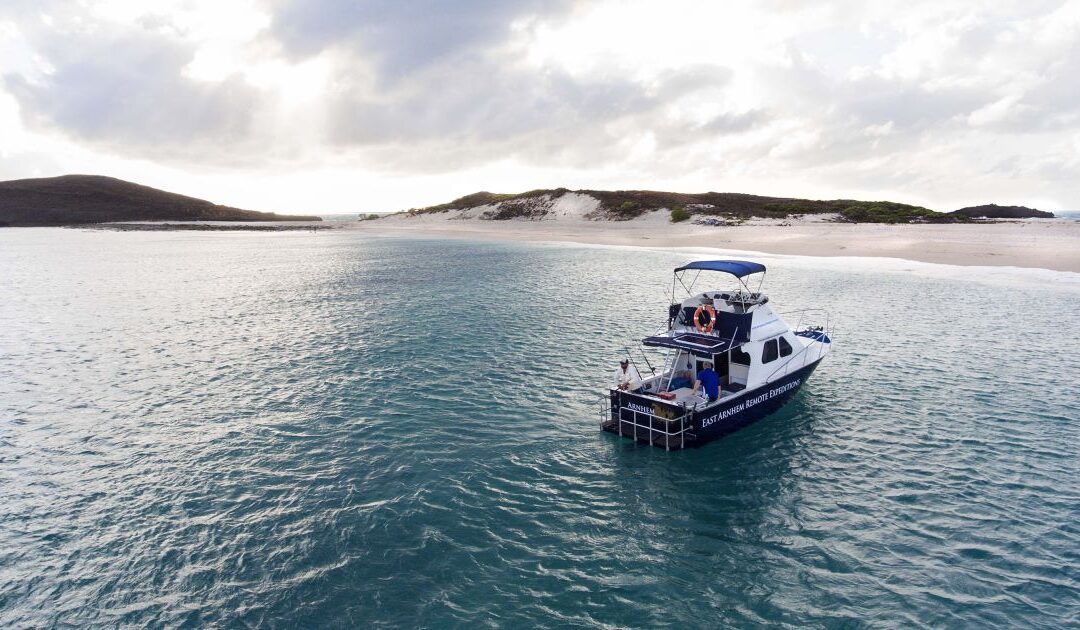
Why Choose Newport for Your Next Fishing Charter
Why Choose Newport for Your Next Fishing Charter
There are so many memories to be made in fishing charter services, just as many as the benefits you can reap from joining one. You get valuable lessons, fun companions, a professional captain, and a crew to guide you to your targeted fish safely… What’s more to love?
That’s why you’re probably wondering why everyone’s suggesting Newport, Oregon, for your next trip with a professional fishing charter. If you’re still questioning it, read on as we answer the question, “why choose Newport for your next fishing charter?”
Why Choose Newport for Your Next Fishing Charter
Newport is a top fishing destination, and we aren’t just saying that out of bias! When hiring fishing charters in the area, you can have a chance to get a ton of species and learn more about the fishing scene from professionals. Check out these other reasons why Newport should be the next destination for your fishing charter.
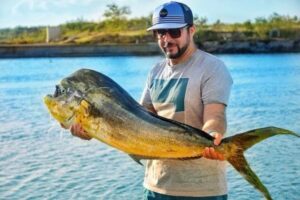
So Many Fish to Catch
If there’s one thing we love about Newport, it’s the abundance of fish you can catch. You can find halibut, salmon, Dungeness crabs, and bottom fish. Many people flock to Newport because it’s where they can catch “the big one!”
There’s a reason why thousands of tourists would head to Newport, Oregon, and it isn’t just for the fantastic tourist attractions. It’s the wonderful beaches and waters that are abundant with different fish species. That’s a lot of fishing opportunities you can’t find in other areas, with some fish giving you the adventure and fight of a lifetime.
And when you hire a reputable fishing charter, you have more assurance of catching the fish you want, especially if you hire private services. The knowledgeable captain and crew will know where to go, so you stand a higher chance of catching more prized fish.

Newport is an Amazing Destination
Many people also head to Newport because Newport is a fantastic destination with a lot to do. After your fishing charter, you can explore the area and learn more about its history, visit their aquariums, delve into nature with their recreation sites, or have fun on their white beaches.
Better yet, you can try out their many restaurants where they cook and serve the live catch of the day. Some restaurants can even cook your catch, turning it into a tasty meal for you and your group to enjoy with pride. Even beyond fishing, you won’t run out of things to do when in Newport.
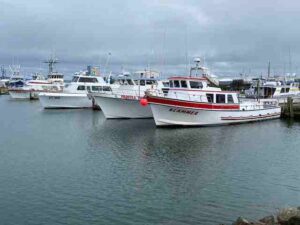
There are So Many Fishing Charters
Because Newport, Oregon, is a fishing hotspot, you can find many fishing charters selling their services online or by the waters. You won’t run out of choices or feel hassled finding available charters for the day. However, we still recommend booking in advance, especially during the peak season when most fishing charters would be fully booked.
Furthermore, you must conduct research on the chosen fishing charters you plan to hire. Search for online reviews, their expertise, prices, and even ask around when you’re already in Newport. That way, you’ll have a smooth transaction and enjoy your charter the entire time.
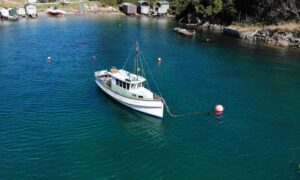
More Safety and Guidance
Compared to going fishing on your own, joining a fishing charter is safer and more cost-effective.
Think about it- You won’t have to spend on renting a private boat or missing out on the action when staying on land. Plus, you won’t need to deal with the responsibilities of maneuvering and caring for the boat, along with finding the ideal waters to fish in. It’s too much to juggle when you’d rather want to spend all your time focused on catching fish.
Fishing charters have a professional captain and crew to take care of you. They are aware of how to maneuver and care for a boat and will take you to the best fishing spots with safety in mind. They even offer other benefits, from fishing gear to free refreshments!
Besides that, you most likely won’t need a fishing license as the captain’s fishing license is adequate. You won’t need to spend more time and money applying for a license.
Learn More About Fishing in Newport
You get professional fishing guides who either grew up in Newport or had been fishing and working in the area for years. So, you can bet your ass that they know many things about Newport, particularly the fishing scene.
If you have any questions about where to find fish and how to spot them in Newport, fishing guides, the professional crew, or the captain himself can answer your queries. They’ll share the best fishing spots to go in the area, the best times to fish, and what techniques will work best for particular fish species.
If you’re a total beginner, choosing Newport and hiring fishing charters are sensible decisions you’ll make. Not only will you get to catch a lot of fish, but you’ve got professionals who will provide the appropriate gear and teach you how to catch your targeted species successfully.
Even veteran anglers can learn a new thing or two from fishing charters, even exchanging tips with fellow anglers. If you’re a veteran angler new to Newport, they’ll make sure you won’t break regulations implemented by the ODFW that can lead to hefty fines or the revoking of fishing licenses.
Wrapping It Up
Newport is home to historical lighthouses, spectacular views, seal watching activities, breathtaking beaches, and most importantly, fishing opportunities you can’t miss. Since you can find many fishing charters by the shore, you won’t have trouble throughout your Newport fishing escapade, whether you’re a beginner or veteran angler, alone or with a group, with children, or friends!
Are you interested in heading to Newport now and hiring fishing charters? Don’t hesitate to contact us now, and we’ll let you know what services we can offer based on your needs!
Schedule your Oregon Fishing Charter Today!
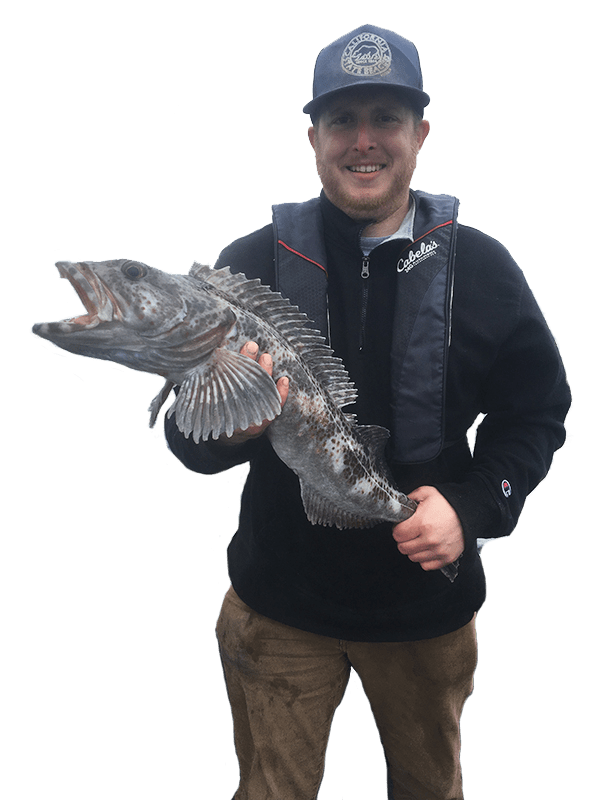

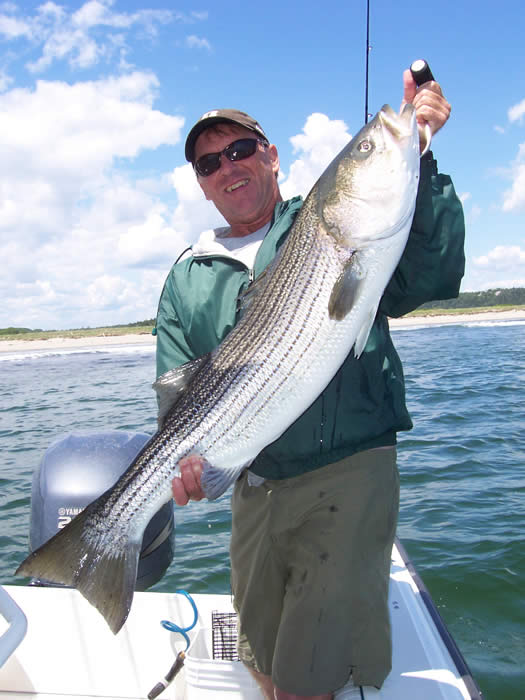
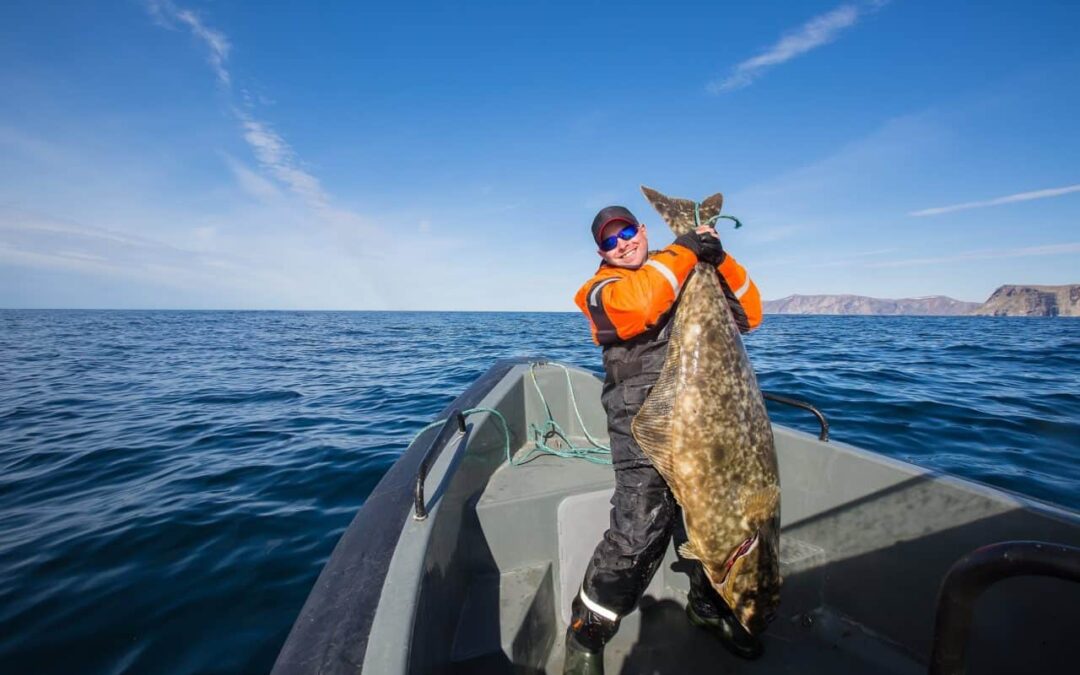


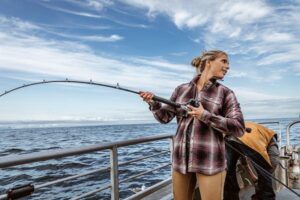

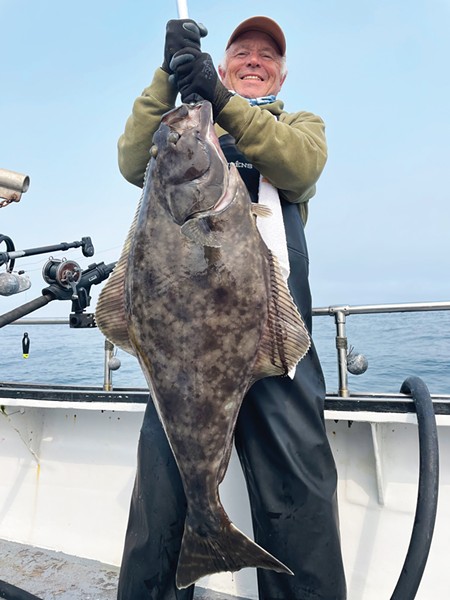
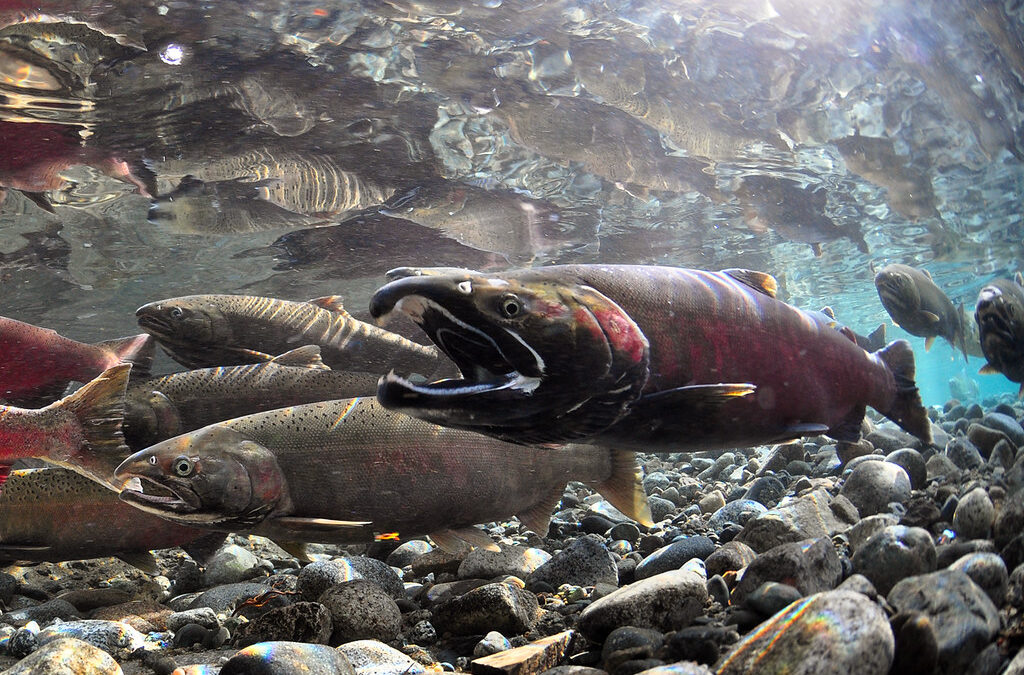
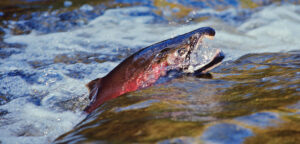
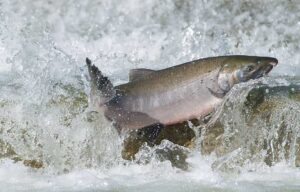
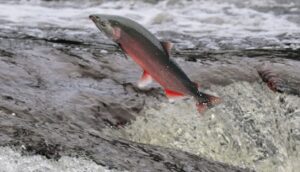
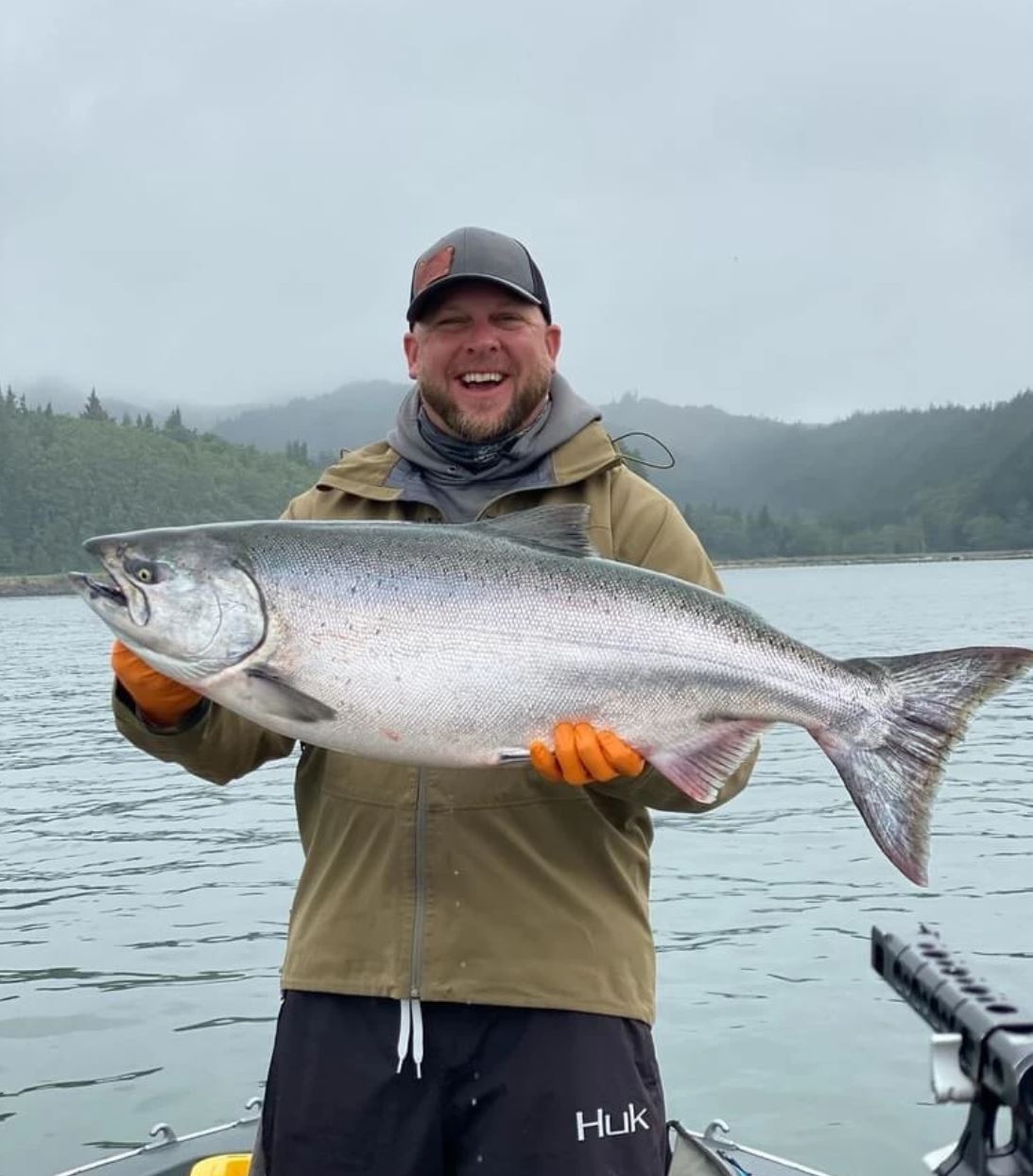
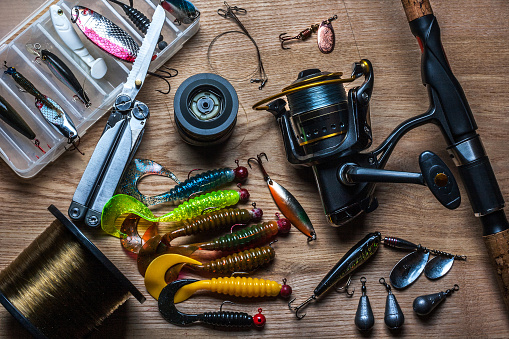
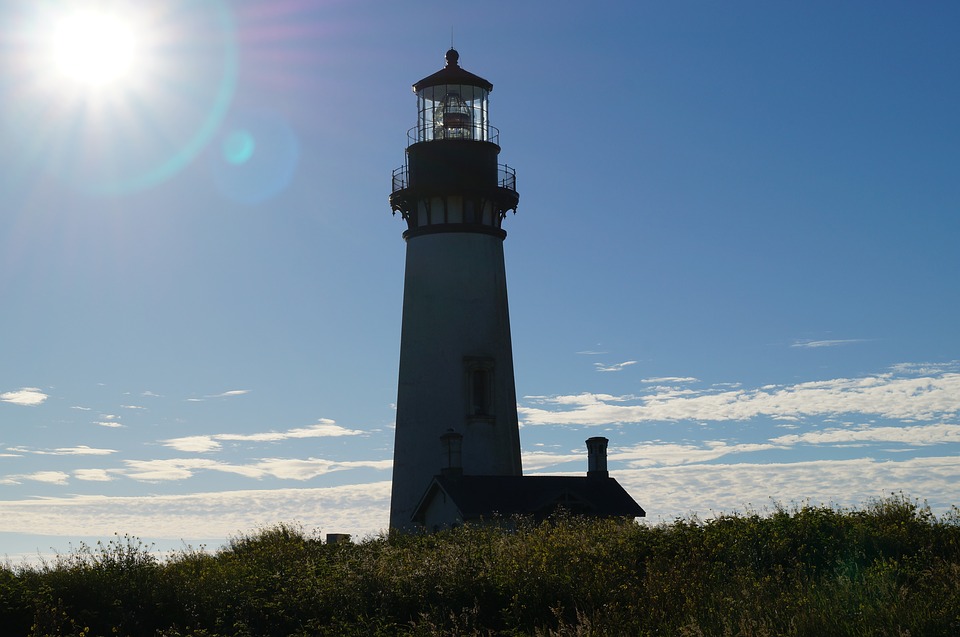

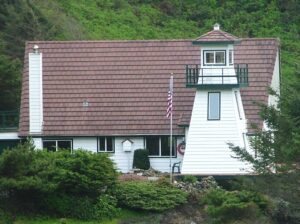
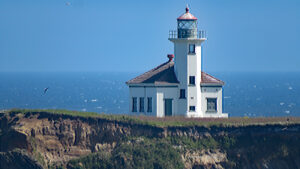
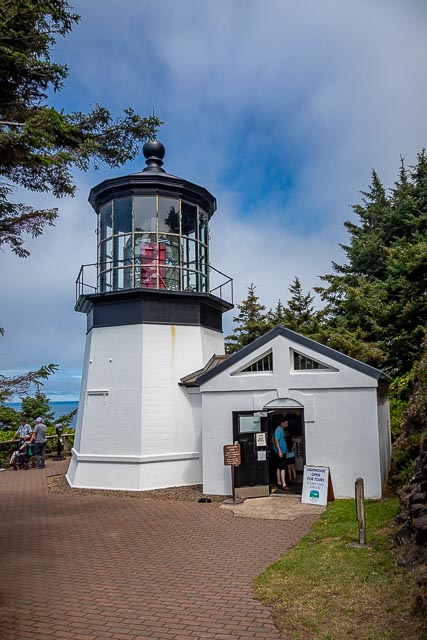


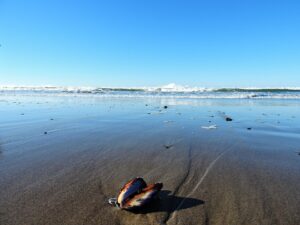
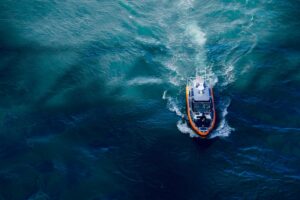
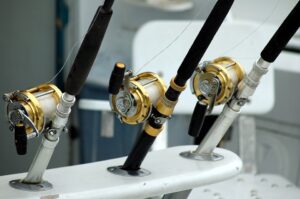
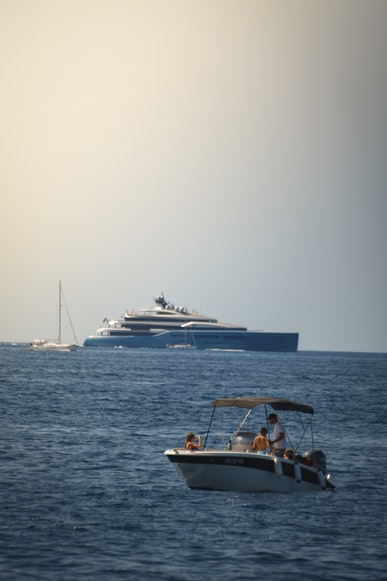
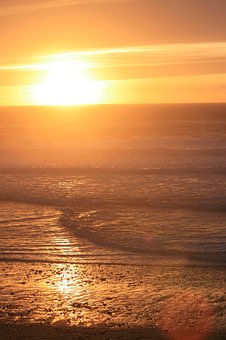
Recent Comments